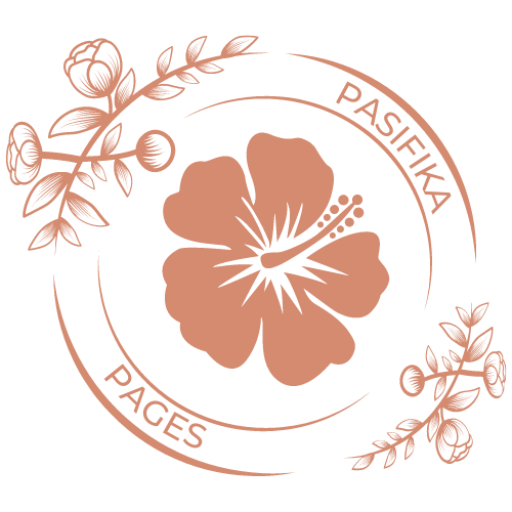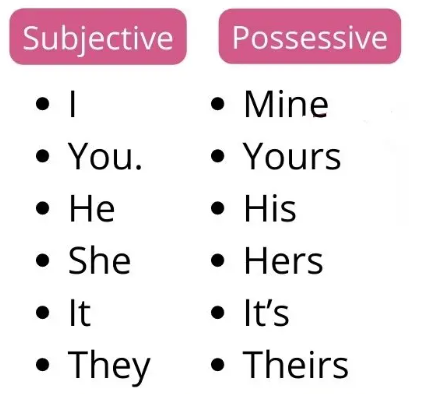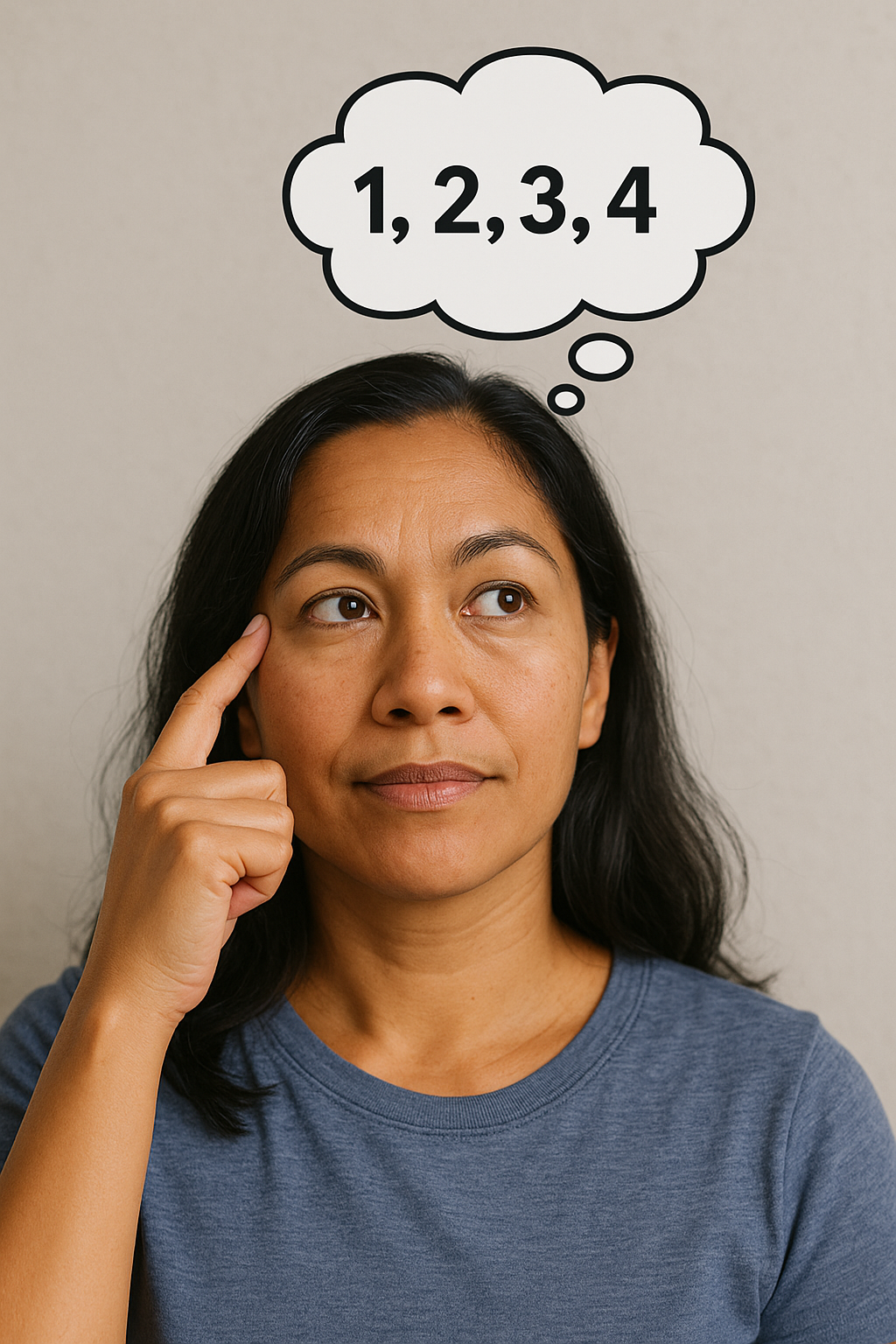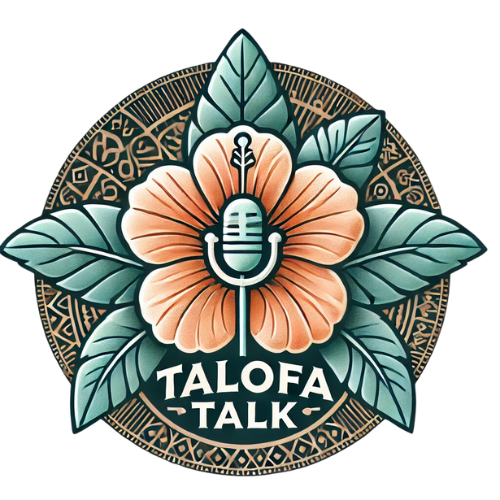A-Class Possessions
In Samoan, A-class relationships are used for:
- Things you own or actively acquire.
- Things you have control over or work for.
- Things you choose to have or do.
Examples of A-Class Relationships
Here are some common examples of when to use A-class:
- Things You Own:
- A la’u ta’avale = My car.
- A la’u fale = My house.
- Work or Responsibilities:
- A la’u galuega = My job.
- A la’u matafaioi = My responsibility.
- Things You Choose:
- A la’u uō = My friend (a chosen relationship).
- A la’u tusi = My book (something you got or chose).
How to Spot an A-Class Sentence
In Samoan, A-class relationships are introduced with “A la’u” (my), “A lau” (your), or “A lona” (his/her). The “A” at the beginning tells you it’s an A-class relationship.
- Example Sentence:
- A la’u ta’avale e fou.
- Translation: My car is new.
- Why A-class? You actively acquired or bought the car.
O-Class Possessions
What Are O-Class Relationships?
In Samoan, O-class relationships are used for things that:
- You inherit or are born into.
- You receive passively (not by your own choice).
- Represent emotional, personal, or family connections.
Examples of O-Class Relationships
Here are common examples of when to use O-class:
- Family Relationships (you’re born into them):
- O lo’u tinā = My mother.
- O lo’u tamā = My father.
- O lo’u uso = My sibling.
- Parts of Your Body (you are born with them):
- O lo’u lima = My hand.
- O lo’u mata = My eye.
- O lo’u loto = My heart.
- Places You Belong To (you didn’t choose them):
- O lo’u nu’u = My village.
- O lo’u atunu’u = My country.
- Things Given to You (you didn’t work for them):
- O lo’u fa’afetai = My gratitude.
- O lo’u manatu = My thoughts.
How to Spot an O-Class Sentence
In Samoan, O-class relationships are introduced with “O lo’u” (my), “O lau” (your), or “O lona” (his/her). The “O” at the beginning tells you it’s an O-class relationship.
- Example Sentence:
- O lo’u tamā o se faia’oga.
- Translation: My father is a teacher.
- Why O-class? The relationship with your father is something you’re born into.
Key Differences between A-Class and O-Class Possessions:
- Nature of Possessed Objects: A-class possessions typically involve animate objects, while O-class possessions involve inanimate objects or abstract concepts.
- Degree of Relationship: A-class possessions denote a closer, more intimate relationship between the possessor and the possessed object, while O-class possessions denote a more distant or general relationship.
- Possessive Pronouns and Particles: A-class possessive pronouns and particles indicate a more direct relationship, while O-class possessive pronouns and particles indicate a less direct relationship.
Conclusion
Understanding the difference between A-class and O-class possessions is crucial for accurately expressing ownership or association in Samoan. A-class possessions typically involve animate objects and denote a closer relationship, while O-class possessions typically involve inanimate objects or abstract concepts and denote a more distant relationship. By mastering the usage of A-class and O-class possessive constructions, learners of Samoan can effectively navigate grammar and express nuances of ownership and association in their communication.





